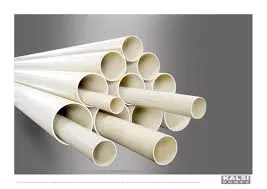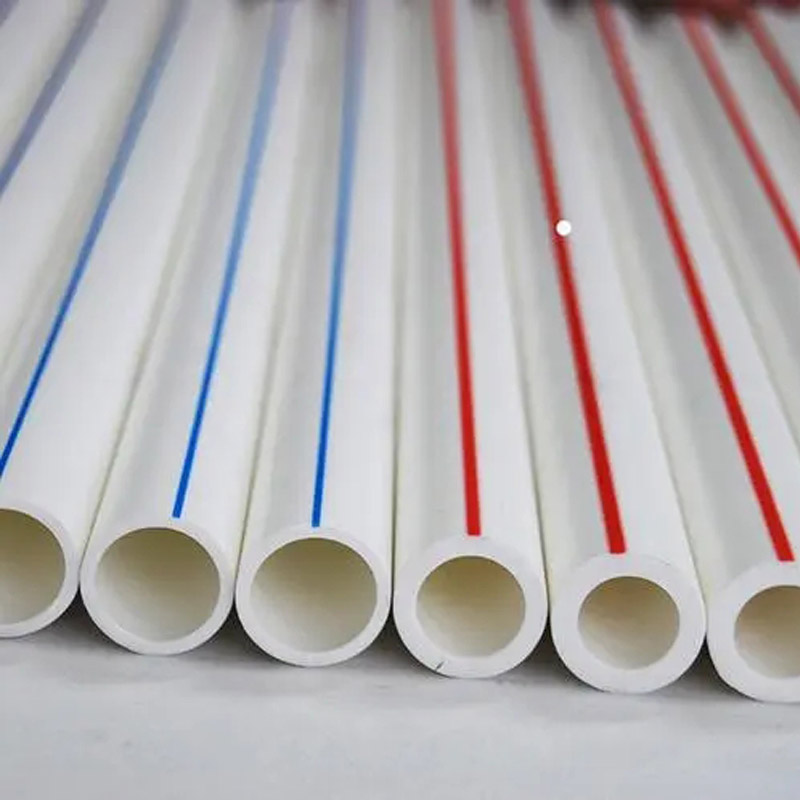Jun . 01, 2025 04:35 Back to list
HDPE & PPR Pipe Elbows Durable, Corrosion-Resistant Solutions
- Market significance and performance metrics of HDPE fittings
- Material science behind HDPE elbow superiority
- Technical comparison: HDPE vs alternative elbow materials
- Global manufacturer evaluation matrix
- Custom engineering parameters and design flexibility
- Documented industrial application case studies
- Selection methodology for optimal project outcomes

(hdpe elbow )
Understanding the Critical Role of HDPE Elbow in Modern Piping Systems
High-density polyethylene elbows form the circulatory system of industrial fluid transport, with the global market projected to reach $3.8 billion by 2028 according to Grand View Research. These fittings enable directional changes while maintaining flow integrity across mining, chemical processing, and municipal infrastructure. Unlike traditional materials, HDPE elbows demonstrate leakage rates below 0.001% in pressure-rated systems when properly fused. This reliability translates to documented cost savings: water distribution networks utilizing HDPE configurations report 40% lower lifetime maintenance expenses compared to metallic alternatives.
Material Science Behind High-Performance Elbows
Molecular alignment differentiates premium HDPE material from conventional polymers. High crystallinity polymers (density >0.941 g/cm³) create diffusion barriers that resist permeation of hydrocarbons and acidic compounds. Stress crack resistance is enhanced through bimodal molecular weight distribution during polymerization. Material certifications are critical - ASTM D3350 PE4710 resins withstand operating pressures exceeding 200 PSI at 140°F. Thermal stability remains uncompromised even at -94°F, preventing brittle fracture in cryogenic applications.
Technical Comparison Matrix for Fitting Materials
| Property | HDPE Elbows | PPR Elbows | Stainless Steel | Carbon Steel |
|---|---|---|---|---|
| Corrosion Resistance | Immune to chemical/electrolytic | Excellent | Temperature-dependent | Requires coatings |
| Pressure Rating (PSI) | 125-250 | 110-175 | 150-300+ | 150-300+ |
| Installation Cost/ft | $6.80-$10.20 | $8.50-$12.75 | $22.40-$31.60 | $18.75-$26.50 |
| Service Life (years) | 50-100+ | 25-40 | 15-25 | 10-20 |
Global Manufacturing Ecosystem Analysis
Leading manufacturers differentiate through specialized capabilities rather than production volume alone. European PPR pipe elbow factories like GF Piping Systems utilize multi-layer coextrusion technology for oxygen barrier enhancement. Chinese facilities such as LESSO achieve economies of scale with automated production yielding 8,000 fittings per shift. Certification profiles reveal critical distinctions: ISO 4427-compliant factories implement third-party validation of molecular integrity through gel permeation chromatography testing. Discerning procurement professionals prioritize manufacturers with NSF 61 certification for potable water systems, a qualification held by fewer than 35% of global producers.
Precision Engineering Specifications
Customization extends beyond basic dimensional alterations to molecular-level engineering. Industrial-grade elbows can be manufactured with:
- Variable wall thickness (SDR 7.3 to SDR 26)
- Hydrostatic design basis optimization (HDB 1250-1600 PSI)
- Antistatic formulations (surface resistance <10^6 Ω)
- Antimicrobial compound integration
- 3D radius bends (0.5D to 5D configurations)
Factory acceptance testing protocols must include 150% pressure retention verification and microtomed section analysis. For critical mining slurry applications, centrifugal casting creates uniform density across changing wall thickness.
Industrial Application Performance Data
Geothermal Energy Project, Iceland: 45° and 90° HDPE elbows sustained 18 Mpa steam pressure and sustained 260°F temperatures for 19 months without deformation. Flow coefficient tests showed no measurable pressure drop across fittings.
Acid Transfer System, Germany: Custom carbon-black compounded elbows demonstrated <0.1% permeation loss when handling 30% sulfuric acid at 140°F for 5 years. Inspection revealed retained impact strength.
Desalination Infrastructure, UAE: Sixteen hundred butt-fused 12" elbows withstood 6.5 Mpa testing with zero failures across the pipeline network. Fusion procedures followed ASTM F2620 with computerized heat profile controls.
Optimizing Project Outcomes through Material Selection
Procurement teams should conduct technical audits of PPR pipe elbow manufacturers prioritizing fusion technology compatibility. Documented weld procedure qualifications must match your joining methodology. For geothermal applications, specify PE-RT resin formulations which maintain pressure ratings above standard HDPE at elevated temperatures. When handling hydrocarbons, request diffusion testing data validated against ASTM E96 procedures. Confirm manufacturers maintain complete traceability from resin lot certification to finished product marking. The engineering benefits consistently justify HDPE elbow selection: corrosion immunity provides 50-year service life assurance while fusion joining eliminates maintenance-prone mechanical connections.

(hdpe elbow )
FAQS on hdpe elbow
Q: What are the key differences between HDPE elbow and PPR pipe elbow?
A: HDPE elbows are made from high-density polyethylene, ideal for high-pressure and corrosive environments, while PPR pipe elbows use polypropylene random copolymer, suited for hot and cold water systems. Material flexibility and temperature resistance vary between the two.
Q: How do I identify reliable PPR pipe elbow manufacturers?
A: Look for certifications like ISO 9001, check production capabilities, and review client testimonials. Reputable PPR pipe elbow factories often provide material quality reports and comply with international standards.
Q: Can HDPE elbows be used interchangeably with PPR pipe elbows?
A: No. HDPE and PPR elbows differ in material properties and connection methods. Always consult application requirements (e.g., pressure, temperature) and manufacturer guidelines before substitution.
Q: What certifications should HDPE elbow suppliers have?
A: Trusted HDPE elbow suppliers should hold ISO 9001, ASTM/ASME certifications, and NSF/ANSI approvals for potable water applications. These ensure product durability and safety compliance.
Q: Do PPR pipe elbow factories offer custom design services?
A: Many factories provide custom angles (45°, 90°) and sizes for PPR pipe elbows. Confirm design specifications, mold capabilities, and minimum order quantities (MOQs) before placing requests.
-
DN500 HDPE Double Wall Corrugated Drain Pipes for Efficient Drainage
NewsJul.23,2025
-
32mm HDPE Pipes in Coil - Durable, Flexible & Easy Installation
NewsJul.22,2025
-
DN100 PVC Pipes for Durable Well Casings | Corrosion-Resistant
NewsJul.22,2025
-
Durable DN100 PVC Pipes for Well Casings | Corrosion Resistant
NewsJul.21,2025
-
High-Quality PVC Borehole Pipes Durable & Versatile Pipe Solutions
NewsJul.08,2025
-
High-Quality PVC Perforated Pipes for Efficient Drainage Leading Manufacturers & Factories
NewsJul.08,2025

